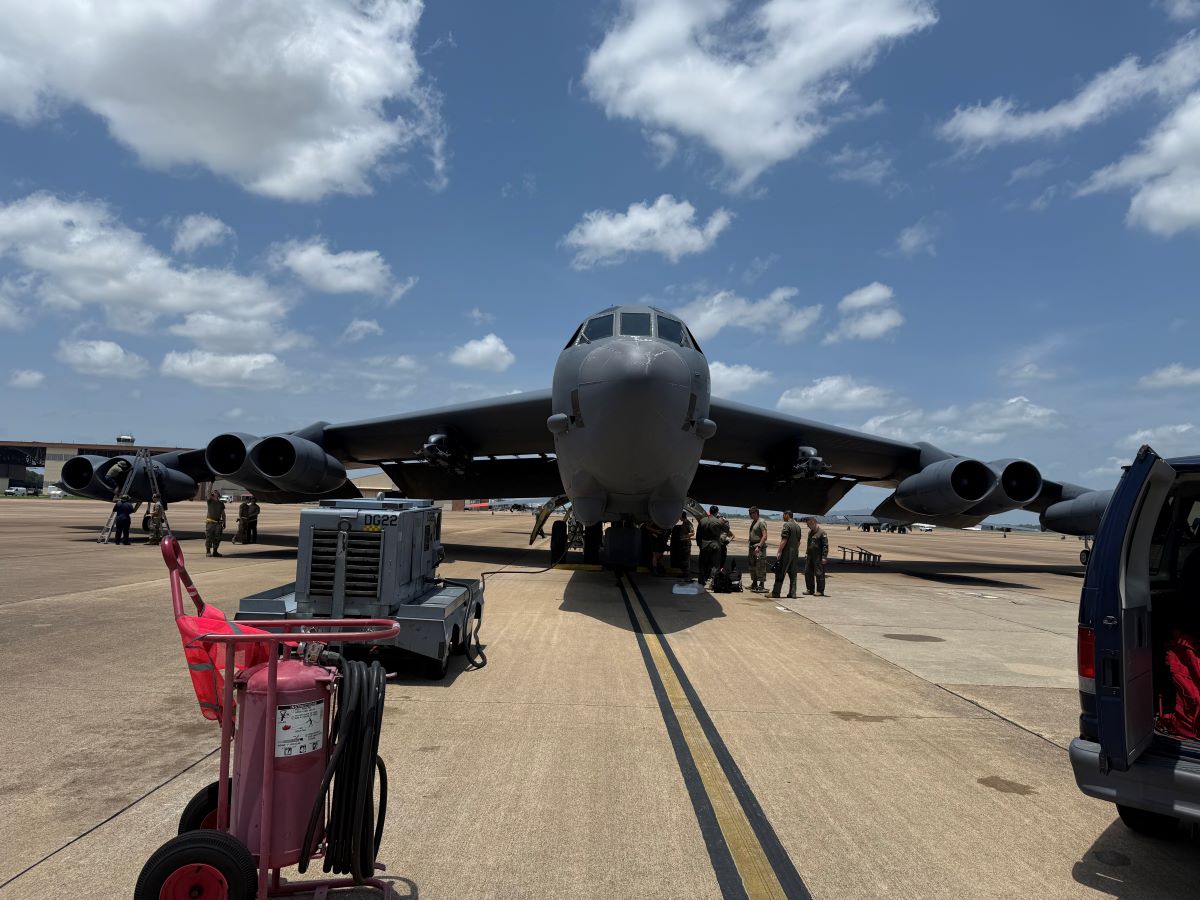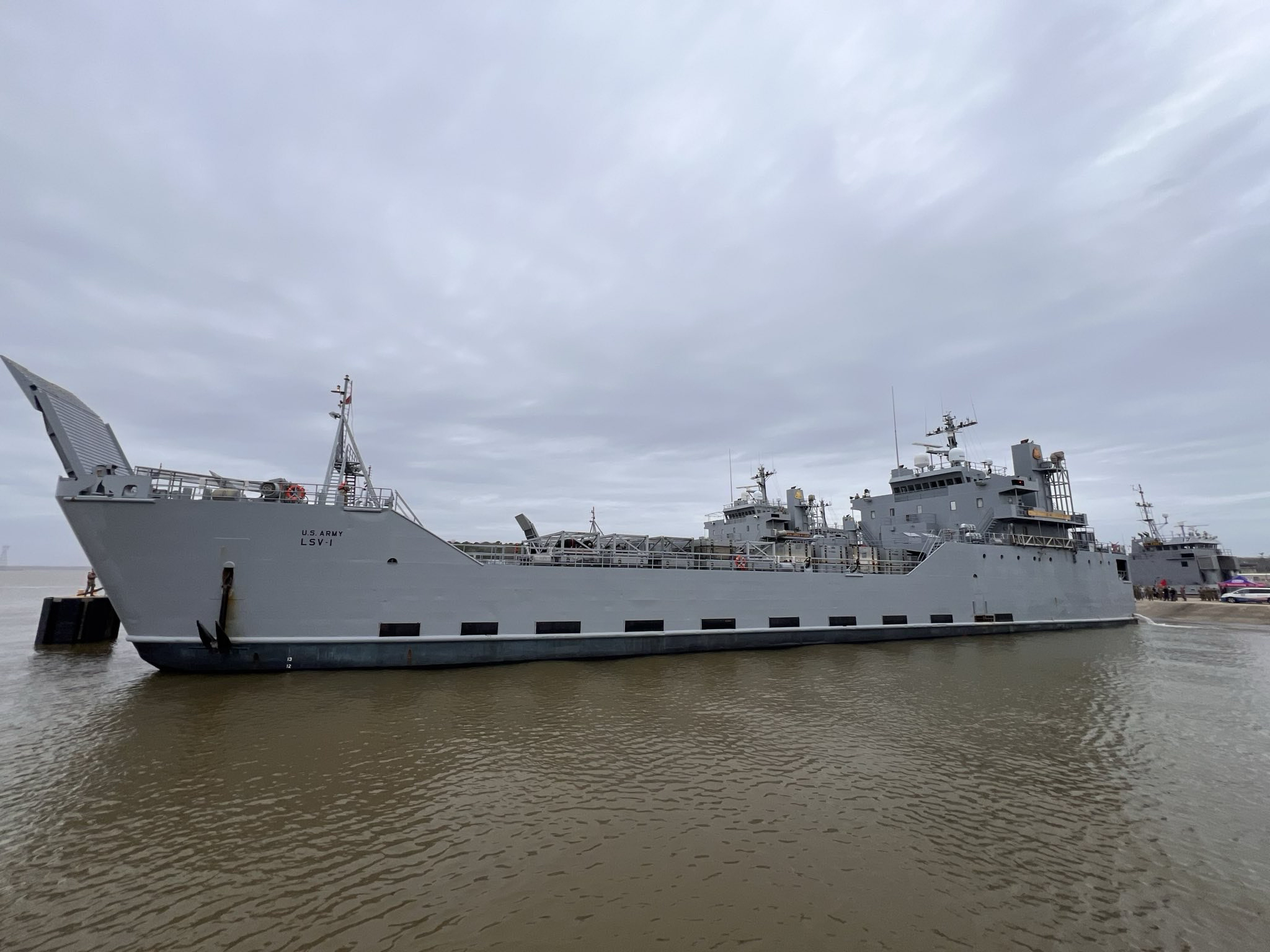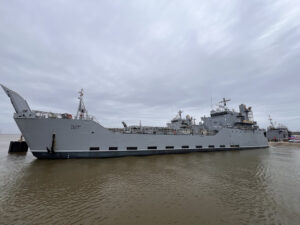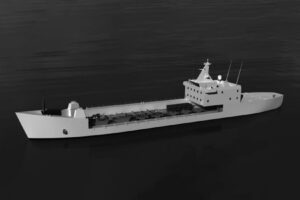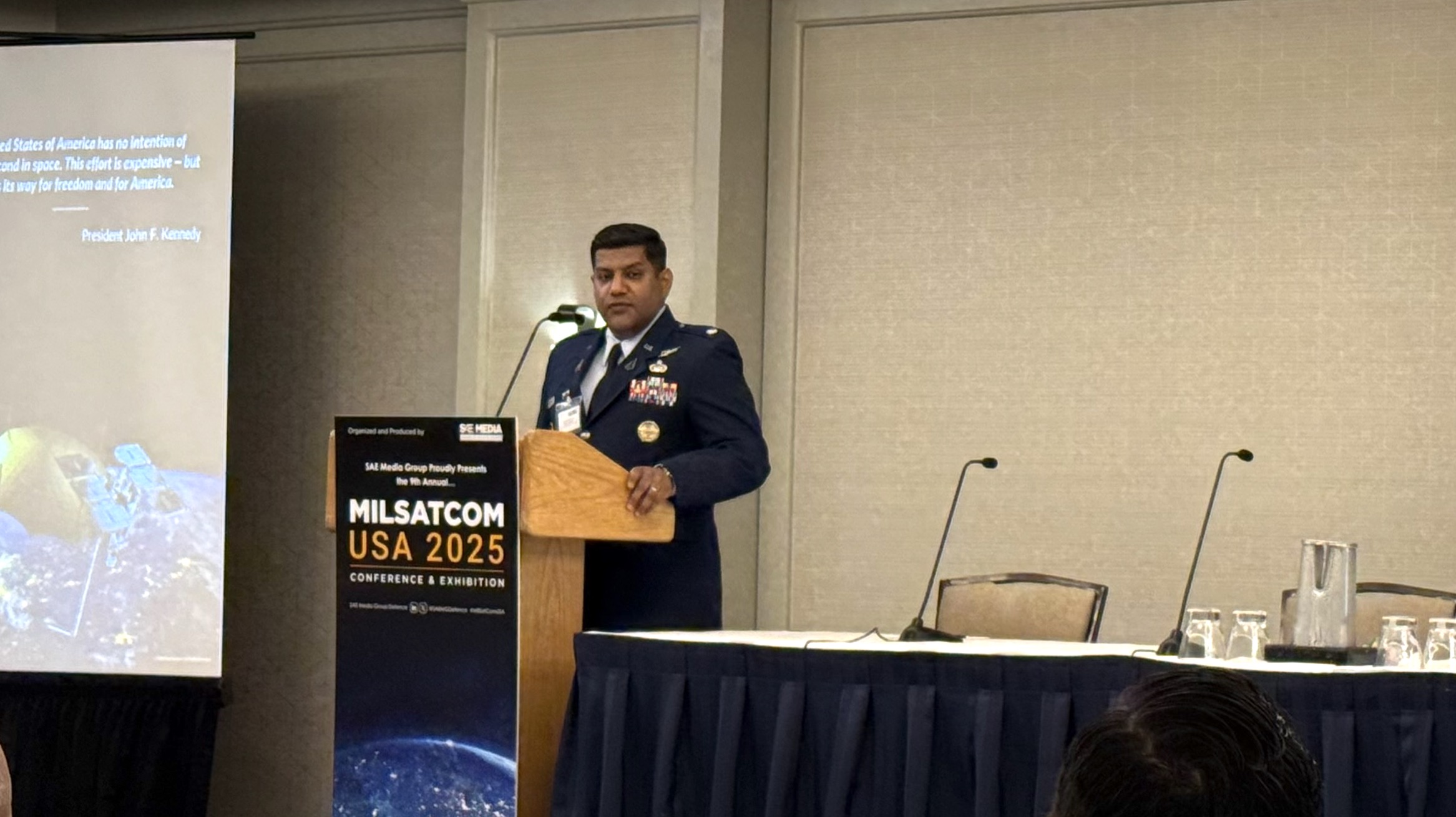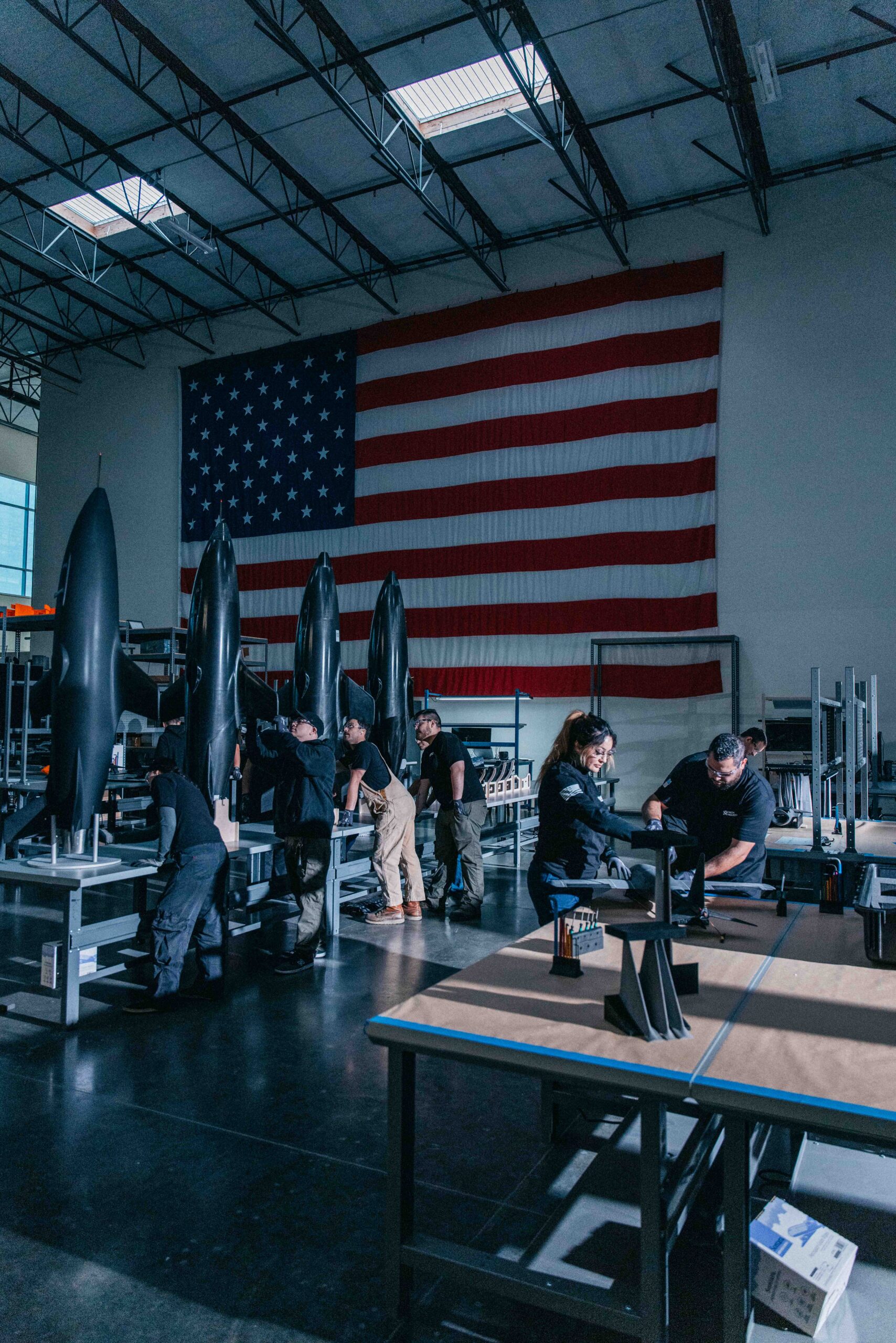BARKSDALE AFB, La.–Tail number 60-041 exited its parking spot, “Whiskey 2,” early afternoon on Tuesday for a planned five-hour flight to allow crew from the 93rd Bomb Squadron and 11th Bomb Squadron to polish their skills on the B-52H–this one the 41st such aircraft off the Boeing [BA] production line in 1960.
Shortly after take-off, co-pilots Lt. Col. James “Hoffa” Bresnahan, the commander of the 11th Bomb Squadron, and Lt. Col. Brandon “Steppen” Wolf, an instructor with the 93rd Bomb Squadron who also works as a commercial pilot for
FedEx Corp. [FDX], were answering a reporter’s questions on the cockpit’s old steam gauges and their contrast with the moving maps, modern displays, data feeds, and weapons re-targeting features provided to the aircrew by the Boeing Combat Network Communications Technology (CONECT) system, first fielded in 2014.
After a routine check of the air refueling system found that the hatch would not close, Wolf asked for further examination, and the crew found combustible hydraulic fluid–“hydro”–pooling on the floors.
Bresnahan and Wolf–graduates from the U.S. Air Force Academy 2008 class–went through their check lists and decided to expend more fuel and stave off the loss of more hydraulic fluid by shutting some systems down before returning to Barksdale to land.
While base fire trucks came out onto the tarmac, the drogue-parachute assisted landing had come off without a hitch.
Hydraulic fluid is critical for operating flight controls, aircraft brakes, steering, and landing gear.
As the B-52H prepares to enter its seventh decade of service, the Air Force has said the 74 in the fleet are to be relevant in the years to come, especially given DoD’s stated focus on long-range strike options against China. 20 of the 74 planes are for training with the 93rd Bomb Squadron and its active duty counterpart, the 11th Bomb Squadron. Sustainment of the aging aircraft and adoption of new systems for it are challenges.
The B-52Hs, for example, are only now receiving the decades-old Link 16, and total fleet incorporation of the two main modernizations looks years away. Those efforts are the Commercial Engine Replacement Program (CERP) to replace the plane’s eight Pratt & Whitney [RTX] TF33-PW-103 engines, with Rolls-Royce F130s and the Radar Modernization Program (RMP) to replace the Northrop Grumman [NOC] APQ-166 with the active electronically scanned array (AESA) radar based on RTX‘s [RTX] APG-79.
Unit costs for RMP have increased to 15 percent over the baseline–a status that represents a significant Nunn-McCurdy breach (Defense Daily, May 7).
